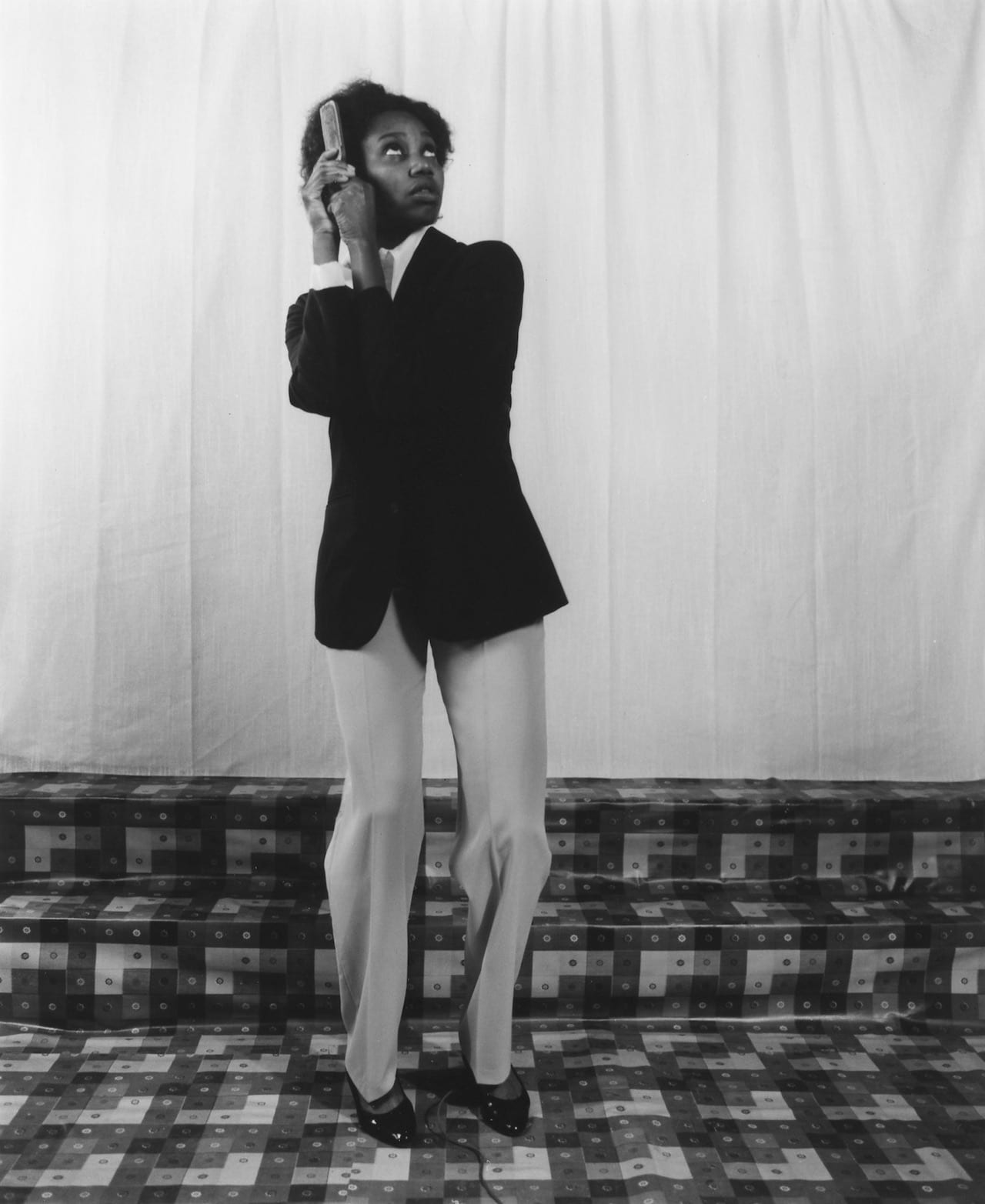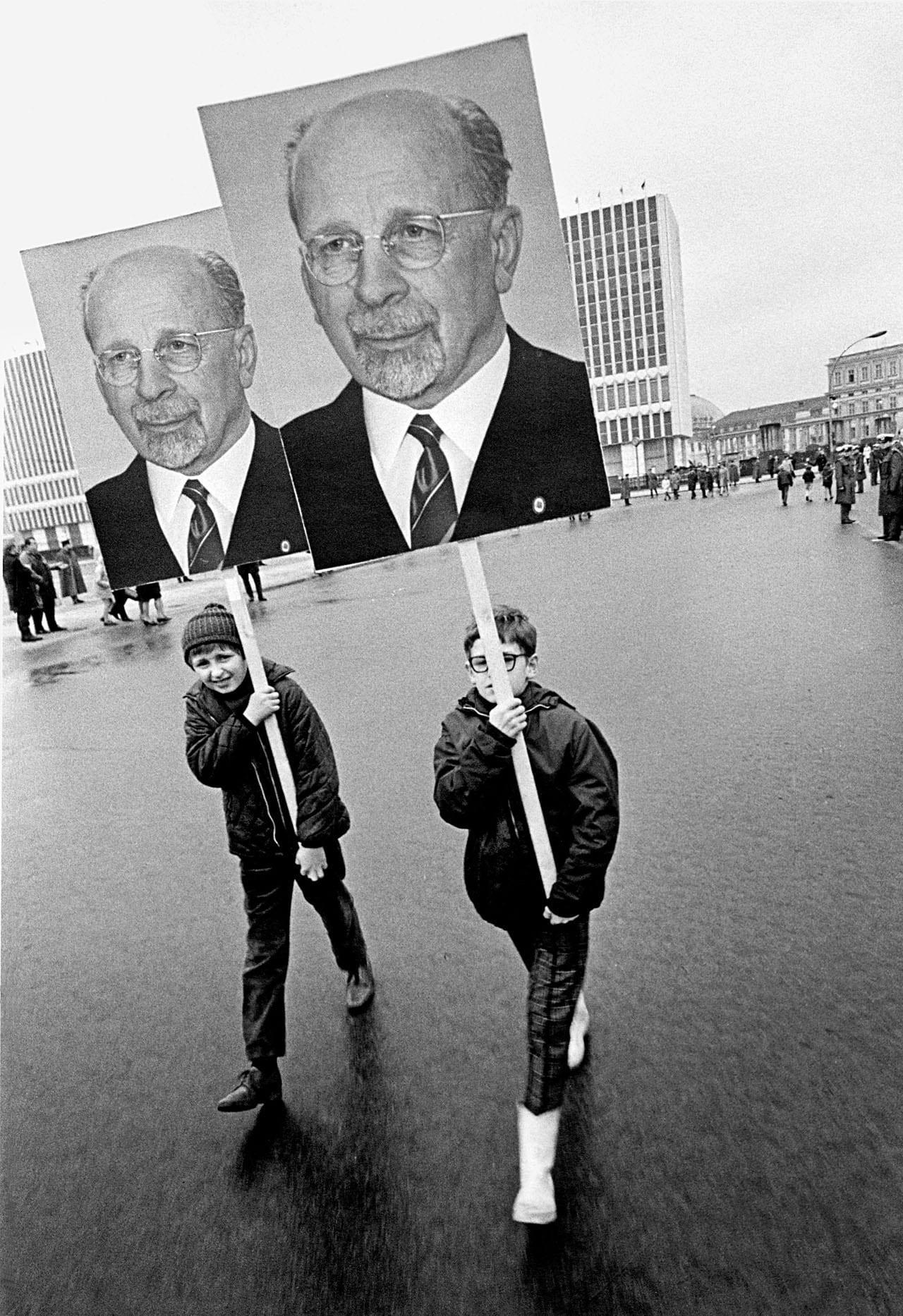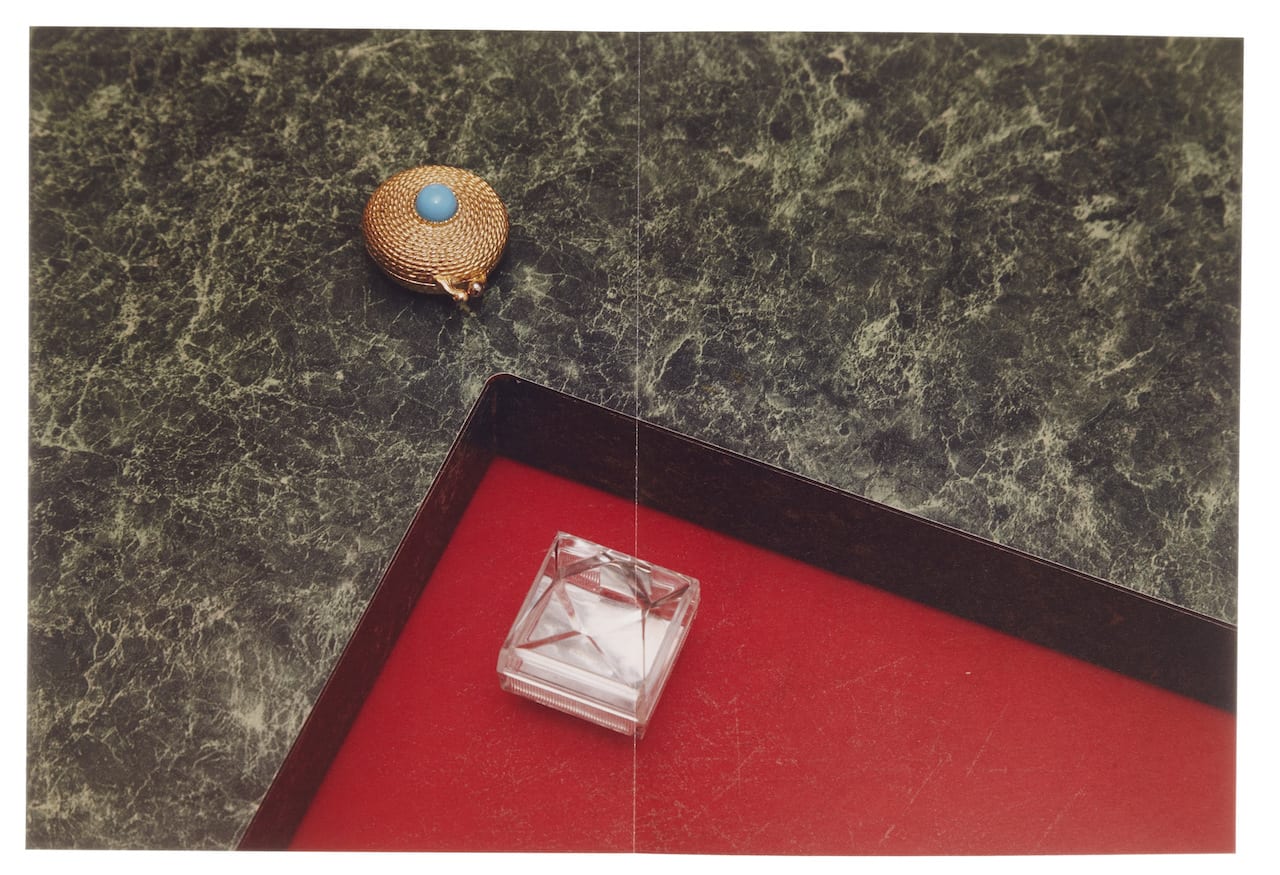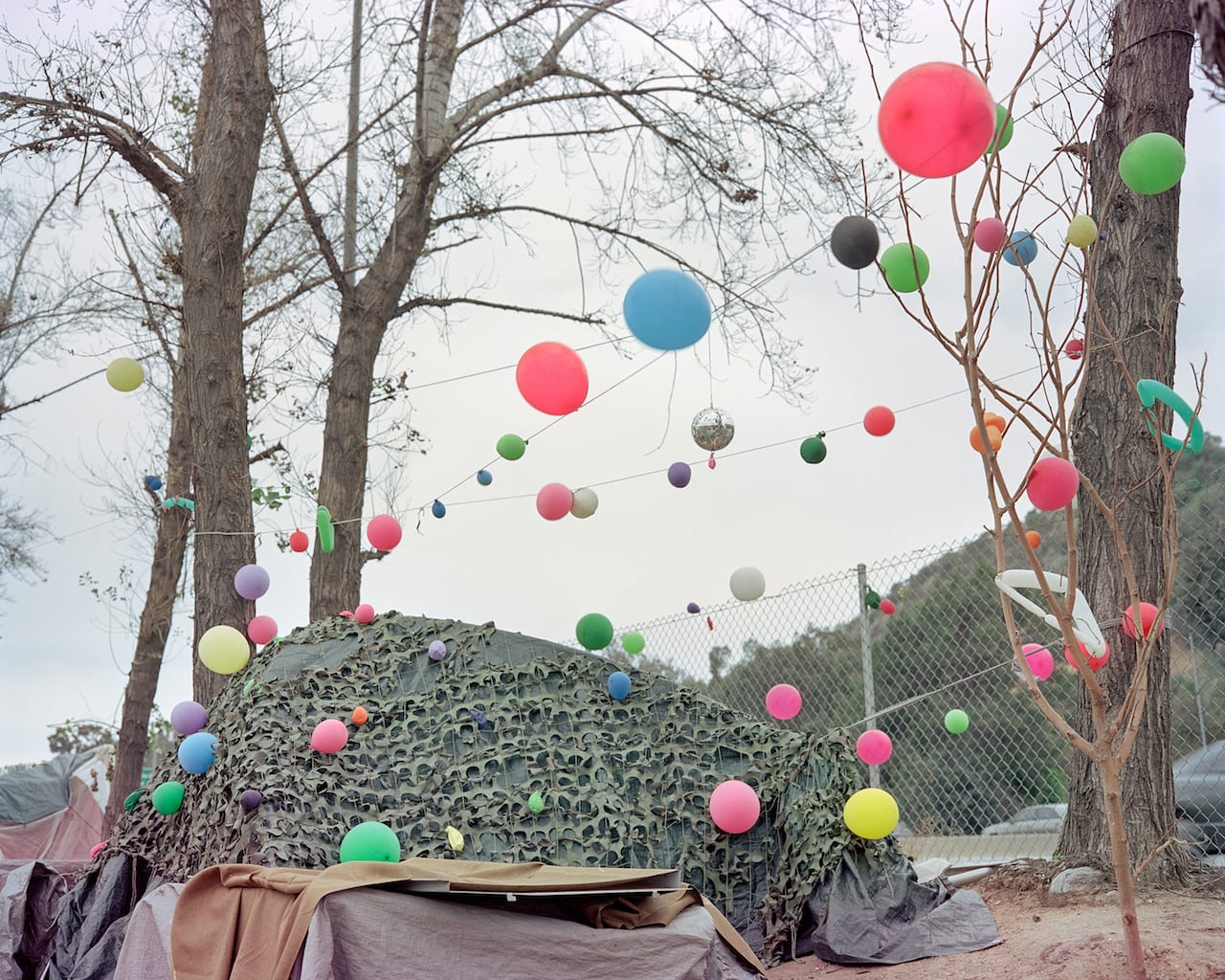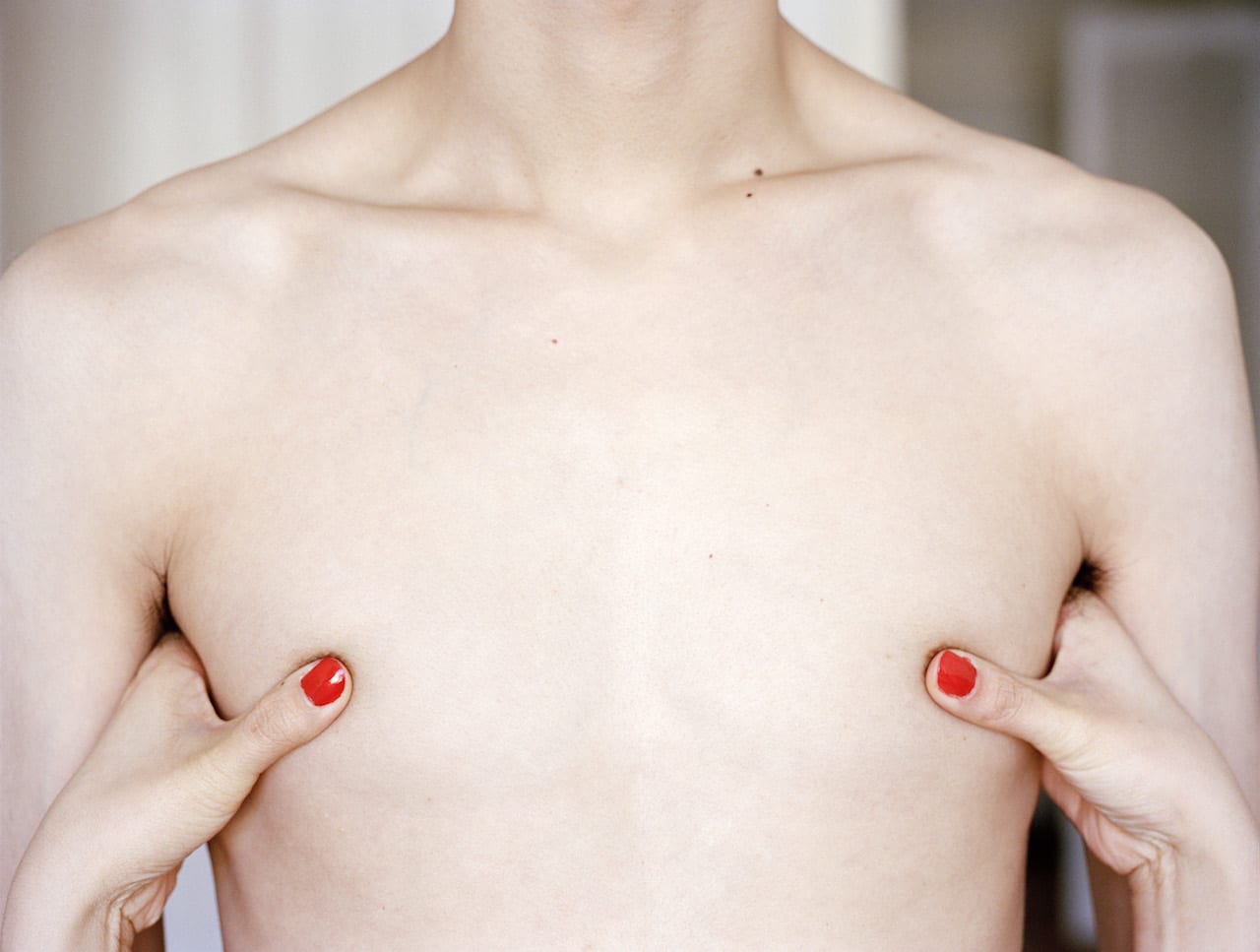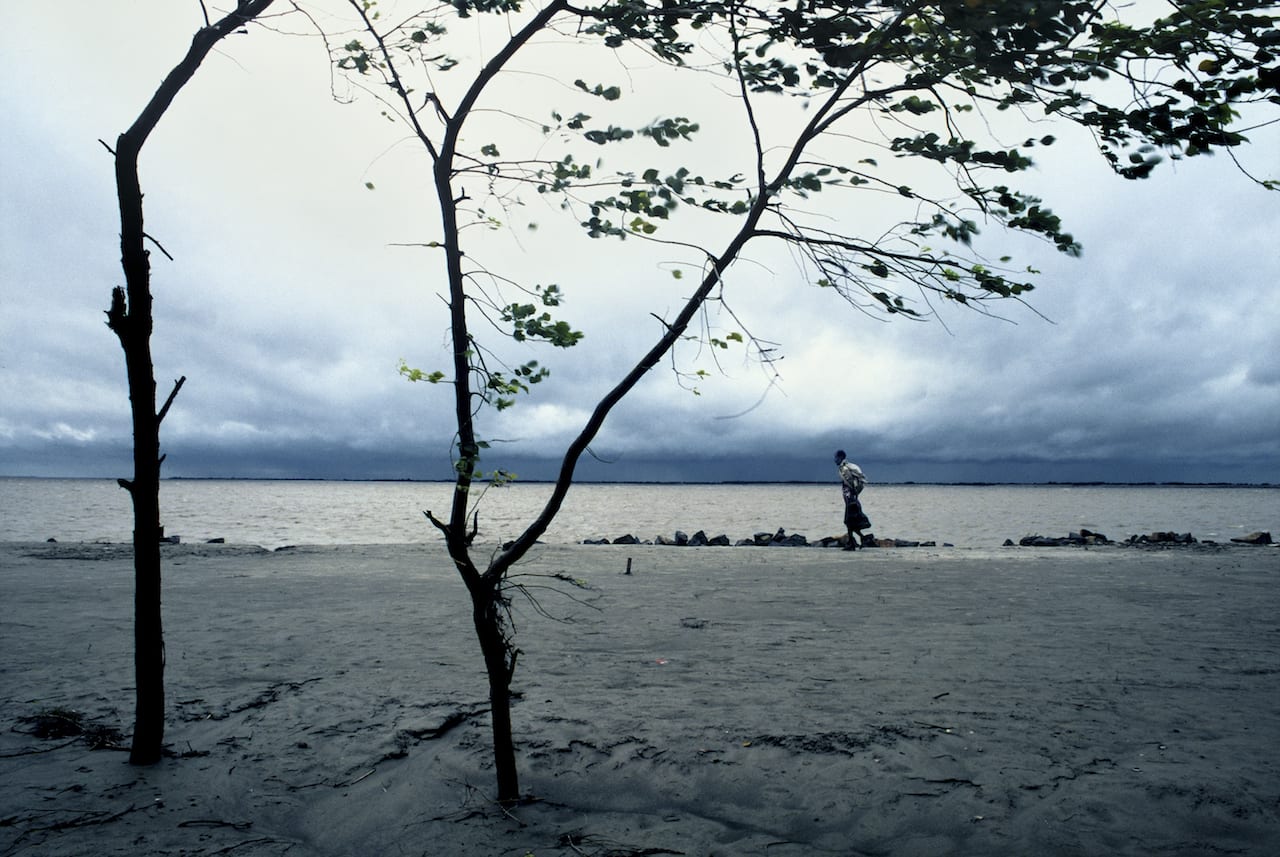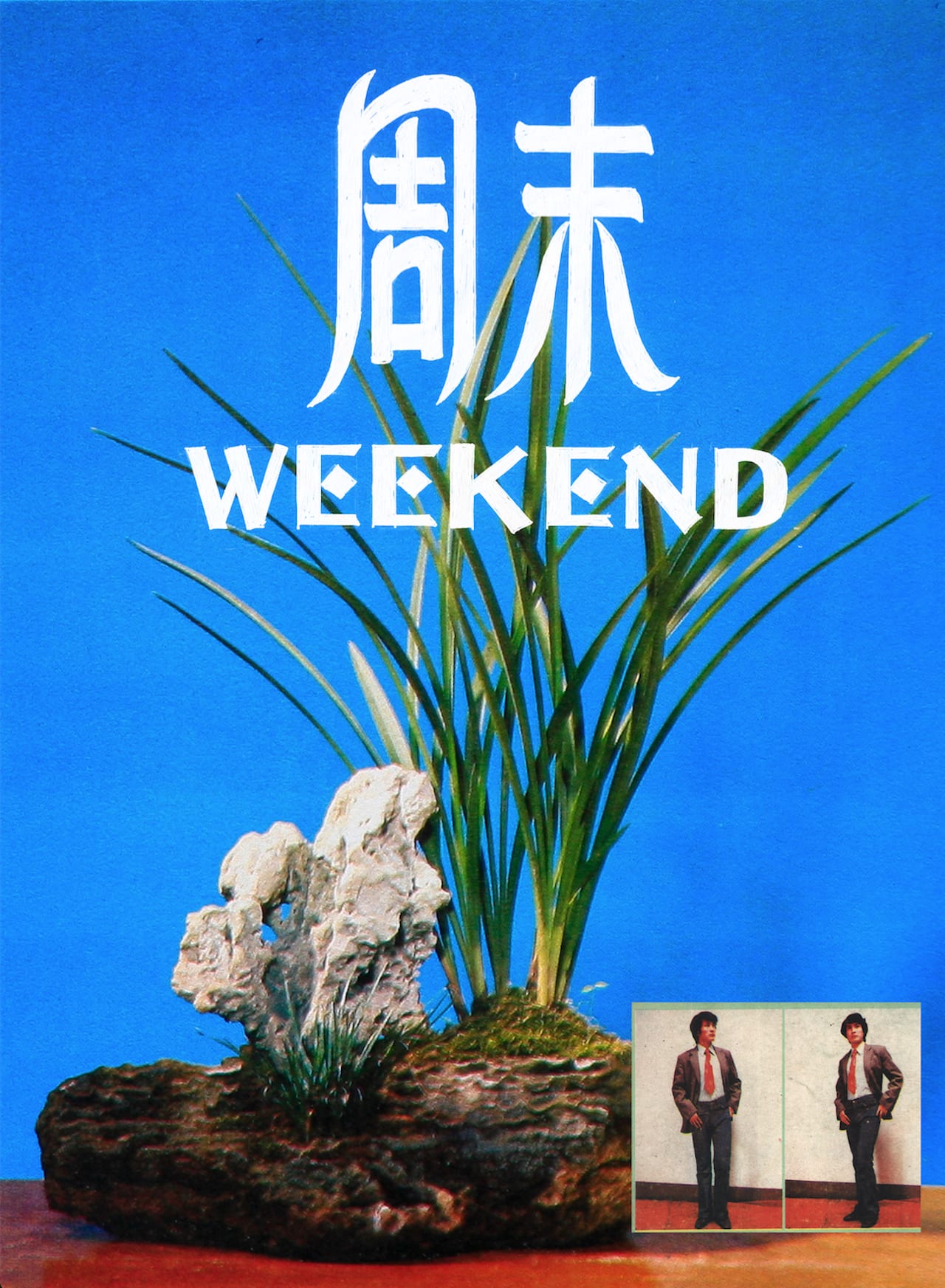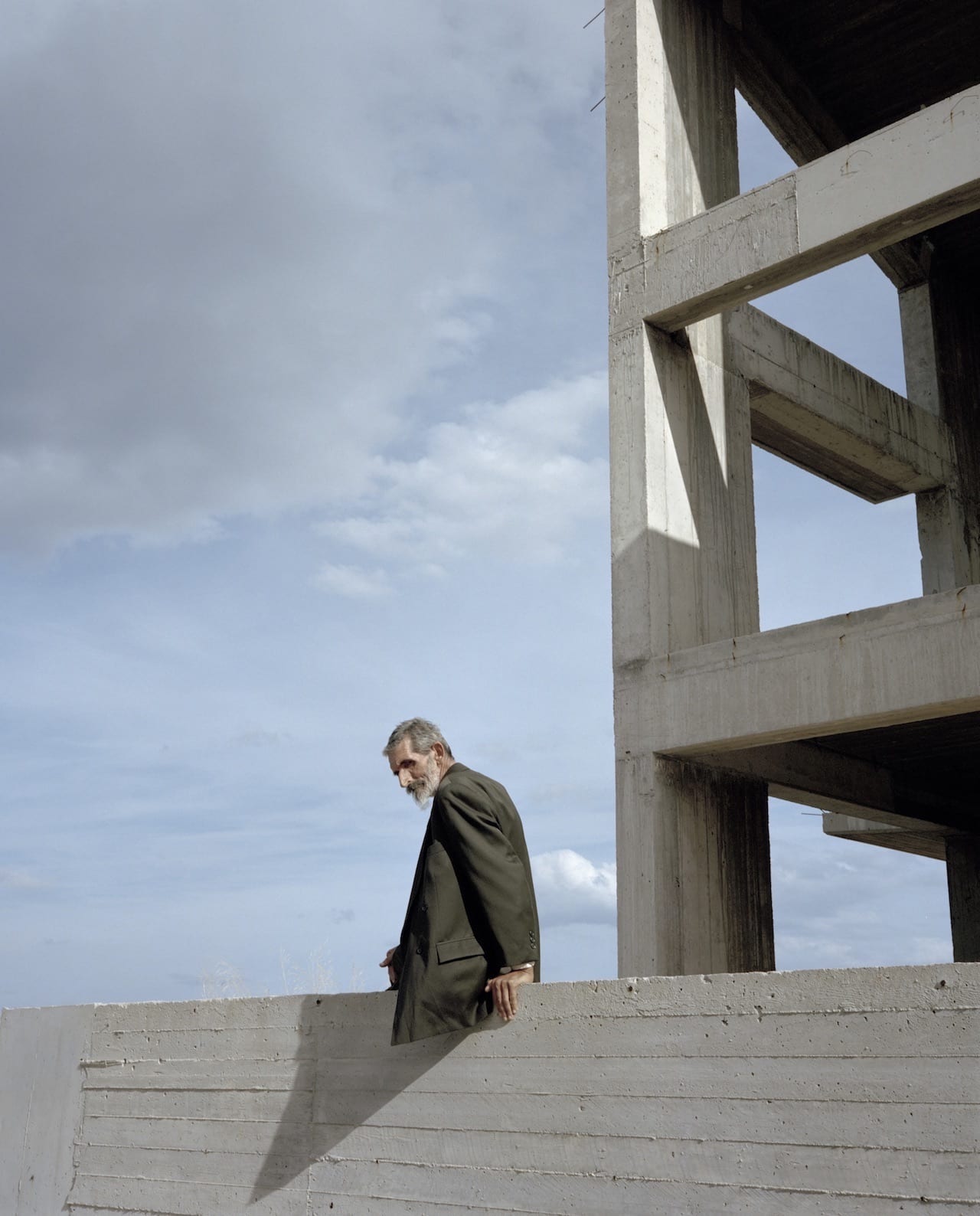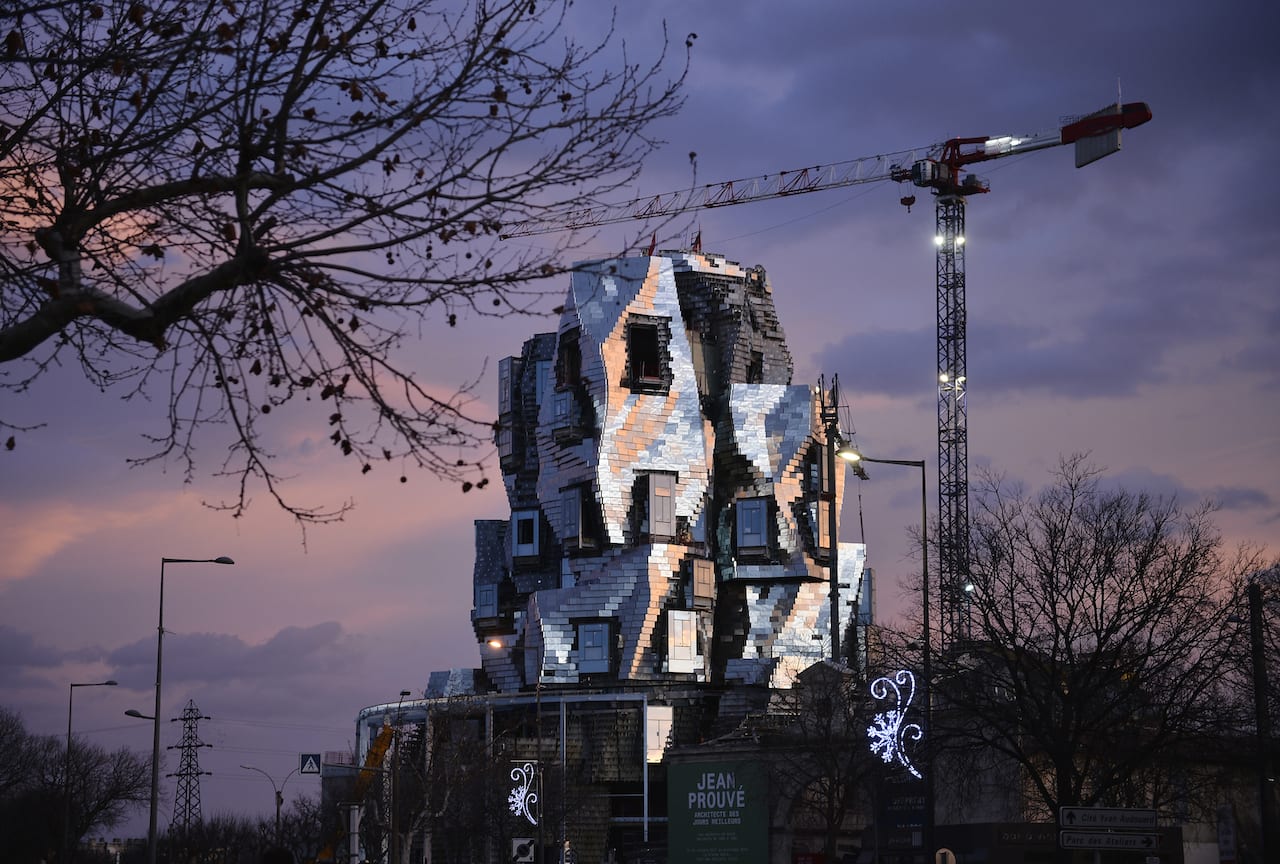Silvia Rosi and Theo Simpson have won the UK’s Jerwood/Photoworks Awards for emerging photographers. Each receives £10,000 to make new work plus an additional fund of £5000 and print support from Spectrum Photographic, plus high-profile mentoring and a two-person exhibition that will start at the Jerwood Space in January 2020 and travel throughout the UK.
Born in 1992 in Scandiano, Italy, Rosi is a Togolaise/Italian artist living and working in London. Graduating from the London College of Communication in 2016 with a BA in Photography, she makes work that references the West African studio portrait to explore her family and its experience of migration. Born in 1986 in Doncaster, Theo Simpson lives and works in Lincolnshire, UK, and has shown his work at institutions such as FOAM in Amsterdam, and Webber Gallery, London. His work considers the long game and the transformations of the globalising world, and has previously been published on bjp-online www.1854.photography/2017/02/theosimpson/

